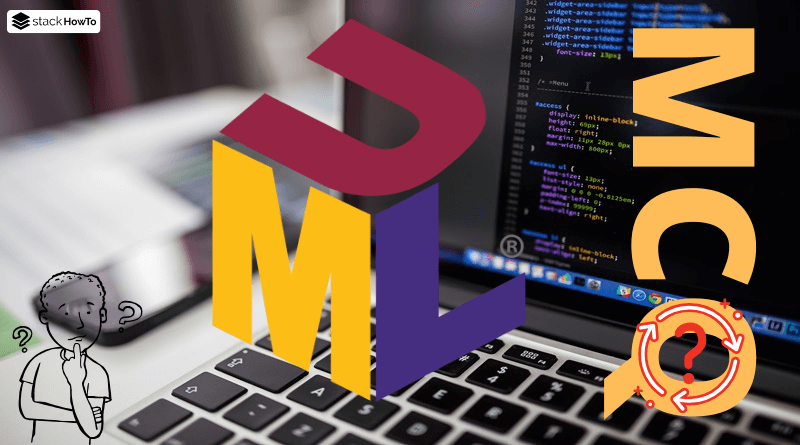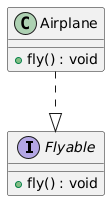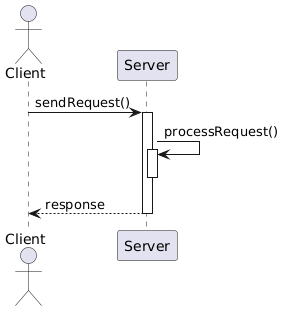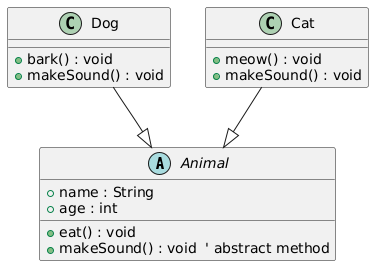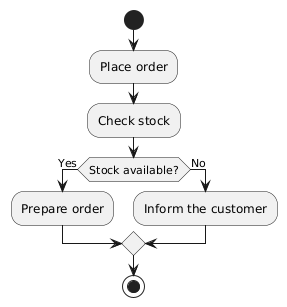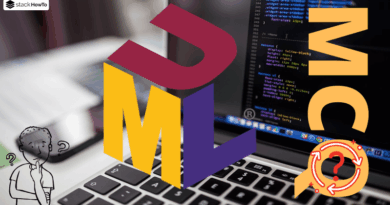UML Diagrams MCQs Questions With Answers – Part 6
Test your knowledge and boost your confidence with these multiple-choice quizzes focused on UML diagrams, foundational software engineering concepts, and real-world best practices. Designed for students, developers, and exam candidates, these MCQs offer a quick and effective way to assess your understanding and sharpen your skills.
1. In a class diagram, what does a solid triangular-headed arrow pointing towards an interface represent?
A Association
B Dependency
C Realization (implementation)
D Generalization (inheritance)
2. In a sequence diagram, what does a solid line arrow with an open head represent?
A A creation message
B A synchronous message
C An asynchronous message
D A response
3. Which UML diagram is most useful for understanding the end-user perspective?
A Class diagram
B Activity diagram
C Use case diagram
D Component diagram
4. What does a solid arrow with a white triangular head mean in a class diagram?
A An association
B An aggregation
C A composition
D A generalization (inheritance)
5. What does the # symbol before a method mean?
A Public method
B Private method
C Protected method
D Abstract method
6. In an activity diagram, what does a diamond represent?
A A condition or test (decision)
B An end of process
C A start of process
D A system error
7. In UML, what do we call an event that triggers a transition in a state diagram?
A A stimulus
B An action
C A signal
D A trigger
8. What does an activity diagram represent?
A Inheritance between classes
B Business process or workflow
C The database
D Relationships between actors
9. What does the following UML diagram represent?
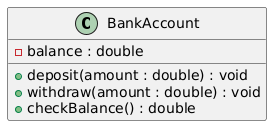
A It shows the states of a bank account
B It describes the interactions between the client and the account
C It defines the structure of a class called BankAccount
D It represents a transaction process
10. Which UML diagram focuses on the organization of objects and their links at a specific moment in time?
A Class diagram
B Sequence diagram
C State-transition diagram
D Object diagram

